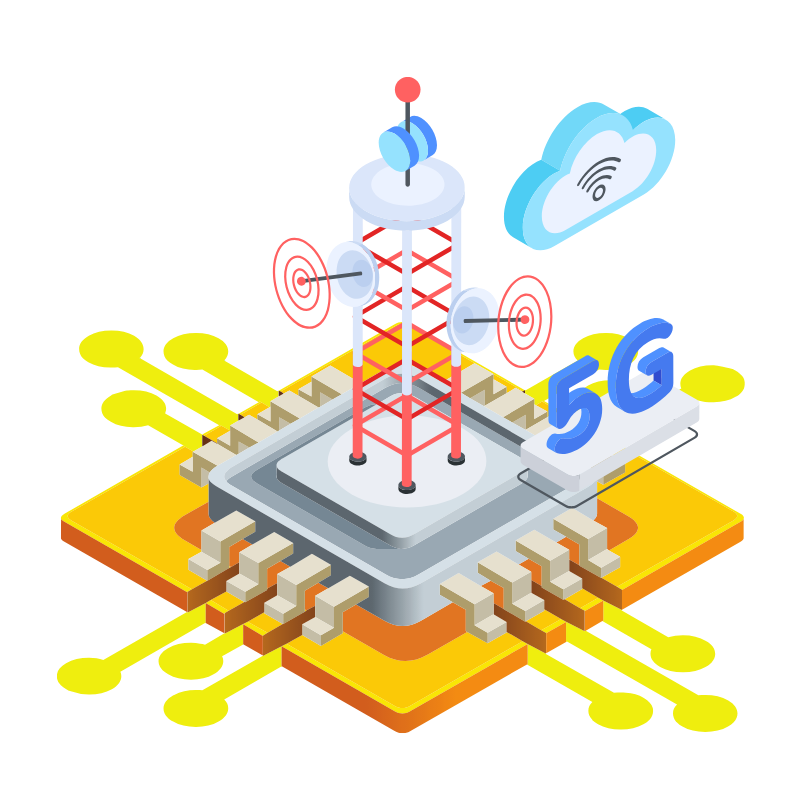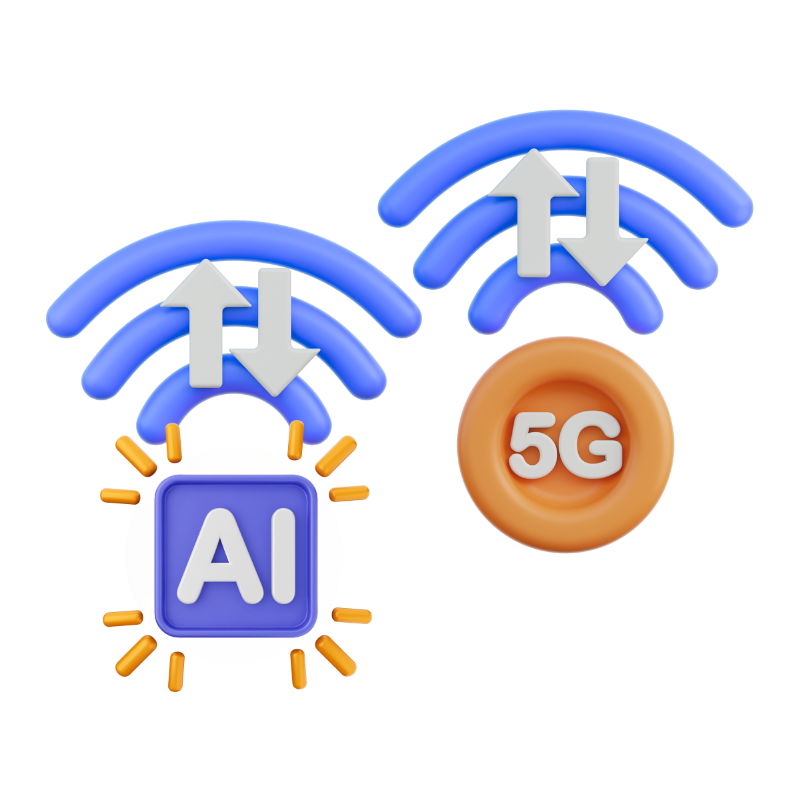Maveric AI-Native RAN Optimization
How Maveric Works, The Smart Brain Behind Modern Networks
Maveric is your network’s personal brain, always watching, learning, and fine-tuning so performance stays flawless. It is a virtual mirror of your network: a digital twin.
Improve your network without having to wait for customers to report dropped calls or slow data. Use Maveric to gather real-time insights and make changes to your network before any degradation happens.
Maveric senses.
Maveric thinks.
Maveric acts - before you even notice.


We Build Maveric for You
No two networks or businesses are the same and neither is your version of Maveric. We train Maveric hand-in-hand with your team, customizing it to mirror your network and help you meet your goals.
We gather your requirements
Our team maps your network,challenges, and goals.
We model your network
We use Maveric’s digital twin, to recreate a model of your network, You can then use it to test and improve it safely before deploying to your real network.
We train your private version of Maveric
It learns from your real-world performance and recommends changes to help you meet your goals.
We tune and deploy
Once ready, Maveric takes the wheel optimizing everything automatically while you monitor it through an intuitive dashboard.
Key Capabilities
Mobility Robustness Optimization (MRO)
Reduce RLFs and ping-pong handovers by simulating and tuning parameters like hysteresis and TTT.
Coverage & Capacity Optimization (CCO)
Close coverage gaps and ease congestion by optimizing antenna tilt, azimuth, and transmit power.
Energy Savings
Cut power usage during off-peak hours with ML-driven control of cell activity and tilt.
Load Balancing
Distribute traffic dynamically using predictive, RL-based tilt adjustments to maintain high QoS.
Traffic Load Generation
Generate realistic UE traffic traces for simulation, planning, and ML model training.


Why Maveric?
Fewer dropped calls
with smarter handover tuning
Better coverage
through dynamic tilt and azimuth optimization
Balanced capacity
across towers during peak demand
Lower energy costs
by intelligently shutting down idle sectors
Safer experimentation
with privacy-first digital twin simulations
Feed Your Network Data
Get started with a six-week Guided Evaluation, low risk, high reward.
Step 1: Baseline
Share your network data (topology + Rx power or mobility traces).
Step 2: Simulate
Maveric creates a digital twin of your network and runs AI-driven optimization algorithms to make recommendations , no risk, no downtime, just pure intelligence.
Step 3: Roll-out
Begin applying recommendations to a few live sites. Monitor and continue to release.
Step 4: Measure
See the results side by side baseline vs optimized.
Spoiler: it’s almost always faster, cleaner, and more cost-efficient.

Integrate your topology data into Maveric.
Maveric analyzes, learns, and optimizes
Transform insights into real-world network improvements in real time.
Built for You
Open-source
(see GitHub) - transparent, extensible
Modular
use one app or the full stack
Compatible
works with Open RAN and traditional networks
Your Data, Fully Protected
Maveric secures your data with SFTP/API uploads, encryption, and synthetic simulations keeping real data private.
